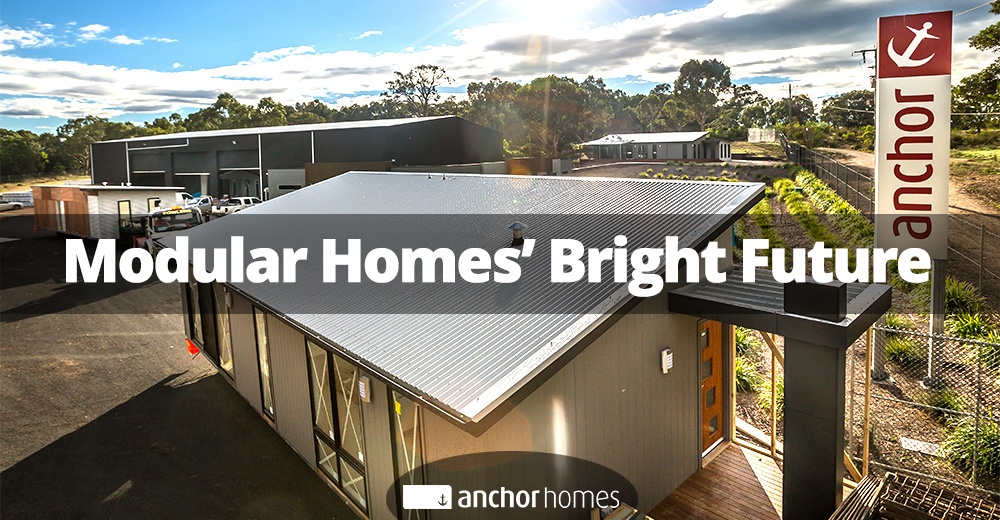
While there is no simple answer to the complex problem of housing affordability, many experts in the construction industry are putting modular homes forward as part of the solution.
And with good reason – modular homes are currently grossly under-utilised in Australia.
Of the $150 billion construction sector, modular buildings currently contribute just 3 percent, or $4.6 billion. But this looks set to change over the next decade, with experts predicting that by 2027, one in ten new homes built here will be modular.
Other countries around the world have embraced modular construction to meet the demand for housing needs to great effect.
In Japan, housing manufacturers mass produce customisable modular homes that make up around 15% of their sizable residential market. While in Sweden, modular housing accounts for a whopping 70% of the market share.
So, What is Holding Us Back?
It could be partly due to our favourable climate. Many of the countries where modular homes are more common have extreme weather conditions that make outdoor construction difficult, if not impossible at certain times.
The factory-style construction of modular homes gives builders control over their environment, so they avoid lengthy weather delays and continue to build no matter what the season.
Because we don’t have the same problem here, we haven’t really had a pressing need to look for an alternative to on-site construction.
However, as anyone who has built on-site will tell you, there can still be plenty of time lost due to rain, heat and other weather events – all of which would be avoided when building a modular home.
Another factor is the outdated view among some that modular homes are a quick-fix, temporary solution compared to site-built homes. While in the past, this may have been the case, modular homes today have come a long way.
With stylish and customisable designs, that include sustainable features, they are built to last. Construction processes are of the highest standard, and use quality materials and fittings throughout.
Modular homes are no longer the ugly kid on the block – they are now regularly featured in design magazines and are often the best-looking house on the street!
How Modular Homes Can Meet Our Future Needs
With the current housing situation in Australia reaching a crisis point, the construction industry is in desperate need of a disruptor to help bring things back in balance. Could this be modular homes? There are plenty in the industry who say yes.

Although, there are many contributing factors such land price, site conditions and individual design requirements, modular homes can be a more affordable housing option, with potential cost savings estimated to be as high as 25%.
Plus, the faster construction times and design flexibility of modular homes, means that houses can be built quickly and efficiently, and can effectively meet the varying needs of home owners of all types.
The recent establishment of the Centre for Advanced Manufacturing of Prefabricated Housing at the University of Melbourne further illustrates the belief by major players that modular homes have a big part to play in the future of Australian housing.
The centre has been created to further the research and development of modular construction, and identify how we can take full advantage of all the benefits it has to offer. So, watch this space, because it might just be time for modular homes in Australia to shine
Over to You
Are you excited about the prospect of more modular homes in Australia? Do you think the prediction of 10% of new homes being modular in 10 years is overly ambitious – or maybe too conservative? We’d love to hear your thoughts.
